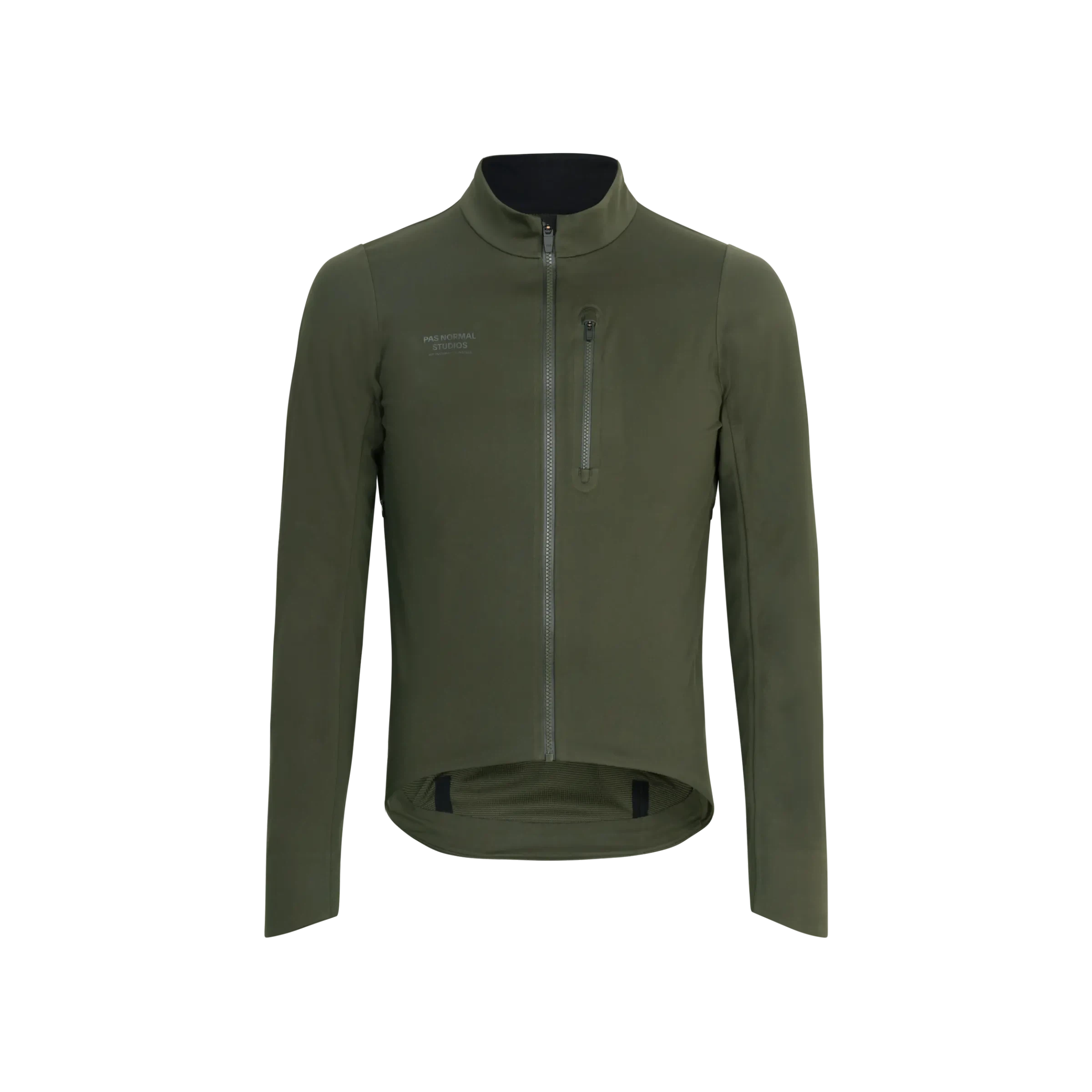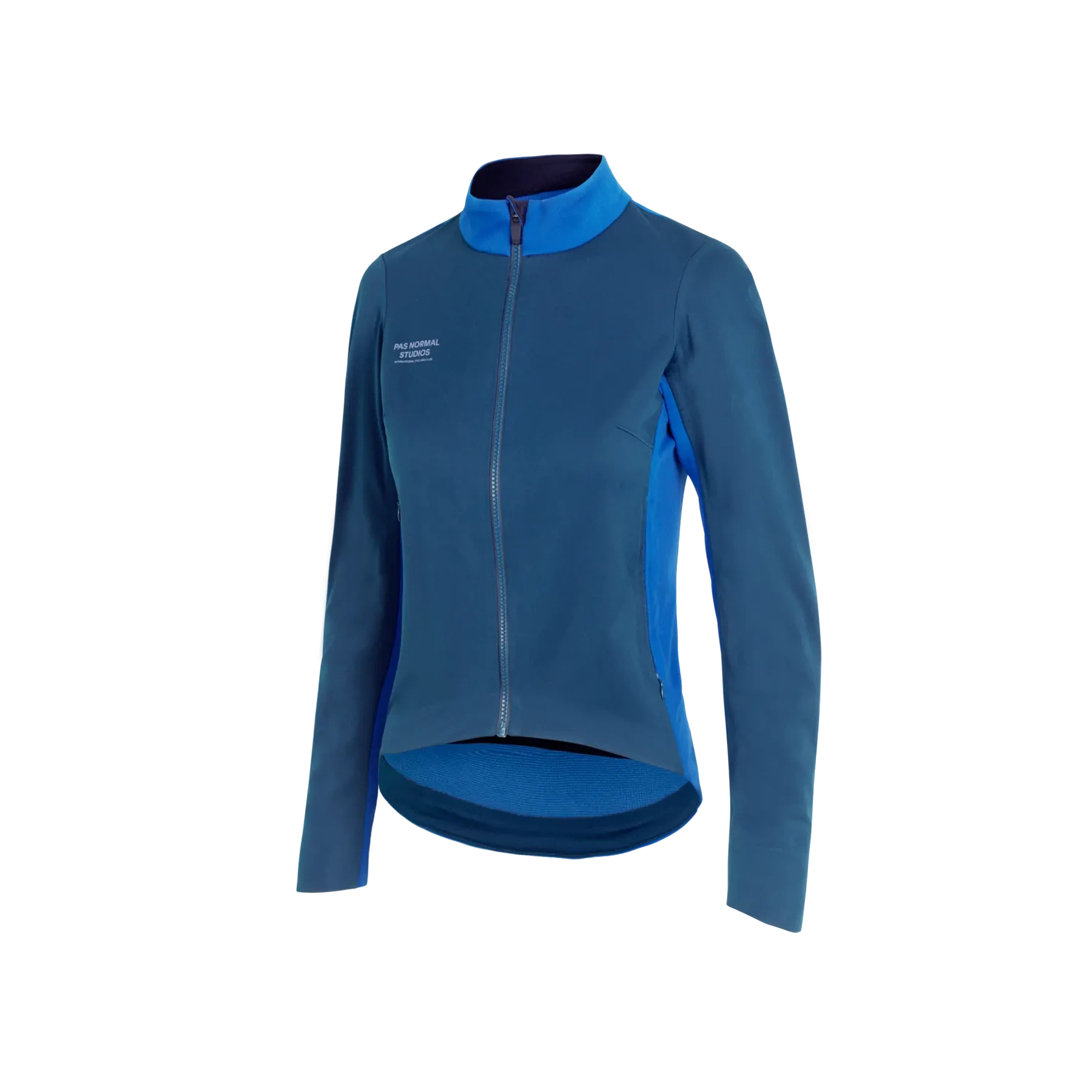
The process of buying a bike is by no means a simple one, many of us spend loads of time analysing a given build and the features that each brings with it. Outside of the frame, the groupset is the most significant differentiating feature of any road bike, a difference in groupset can often mean a significant difference in the price of a given bicycle. This leads many to ask just what exactly are they getting with a particular level of groupset.
For now we shall stick to the currently dominant Shimano mechanical options, with options for all levels of riding these groupset will be found on the vast majority of road bikes. For us most road riders Shimano currently offers four levels of components. These include, in order of price: Dura Ace R9100 series (updated 2016), Ultegra R8000 (updated 2017), 105 R7000 (updated 2018), and Tiagra 4700 (updated 2016). With new models of Shimano groupset being released faster than ever, it so happens that each level of components offered by Shimano are also closer than ever. To best characterize the differences in what at times are very similar groupsets, we can review each portion of the groupset individually.
Crankset
Each level of crankset uses a 4 arm spider in order to best provide stiffness where needed while saving weight relative to a 5 arm spider. Each of Dura Ace, Ultegra, and 105 is available in standard, mid compact, and compact configurations with Tiagra only available in mid compact, and compact options. It is however available with a 3 ring option.
All four levels are also manufactured out of aluminium, and each using Shimano’s hollowtech technology to keep stiffness high while reducing weight. To further reduce weight, the Ultegra and Dura – Ace cranks are manufactured with a two piece chainring.
Front Derailleur
Each of the Ultegra, and 105 front derailleurs are designed for 11 speed and chainrings with up to 53 teeth. Tiagra is limited to 52 tooth big rings. For those wishing to run chainrings larger than 53 teeth a Dura Ace front derailleur is required.
Each of the four front derailleurs is manufactured of a combination of aluminum, plastic, and steel. As you move up the hierarchy steel is swapped for aluminum.
Tiagra is the only front derailleur that does not use what Shimano calls a ‘compact toggle design’. A technology which has trickled down from Dura Ace and allows for an increase in tire clearance and provides a cable tension adjustment screw on the body of the derailleur
Rear Derailleur
In each of the newest editions of Dura-Ace, Ultegra and 105, Shimano has incorporated its Shadow technology originally found in its mountain bike offerings. Its design means that the rear derailleur profile is much narrower when you look at the bike from the rear, meaning should you crash there is less chance of damage to the rear derailleur.
Each of Dura Ace, Ultegra, and 105 rear derailleurs are compatible with 11 speed cassettes, while the current model of Tiagra will only accommodate 10 speeds. The short cage models of each groupset will accommodate rear cogs up to 28 teeth in size, with the long cage version accommodating up to 34 teeth. Dura Ace rear derailleur however, is limited to a maximum of 30 tooth in the back.
Shimano also offers a clutch-operated Ultegra RX rear derailleur designed to reduce the shock to the chain when riding on bumpy terrain. Dura Ace is the only rear derailleur of these four to be made of carbon.
Brake Calipers
Shimano calls its latest rim brake design SLR-EV Dual Pivot which is found on 105, Ultegra and Dura-Ace. The new design equalizes the braking forces through each arm for better control and power. Tiagra is the only groupset of the four that is not available in a direct mount option.
Each level of rim brake is made from anodised aluminium, with Shimano employing more advanced design, and manufacturing to reduce weight. Each model of brake will accommodate tires up to 28mm in width.
Cassette
105 cassettes are available in 11-28-tooth, 11-30, 11-32, 11-34 and 12-25 options. Ultegra is available in all of those plus 11-25 and 14-28. Dura Ace tops out at 11–30. Each of the 11 speed cassette options is compatible with a different level of 11 speed rear derailleur.
Each cassette is made of some amount of nickel plated steel. The 105 cassette instead uses an aluminum spider arm, with the Ultegra and Dura Ace cassettes using a combination of carbon and aluminum in the spider. Dura Ace is the only level of the four found with titanium sprockets.
Chain
Each level of Shimano chain undergoes a Sil-Tec low friction plating process that’s designed to make them run smoother and require less maintenance. However Ultegra and Dura Ace chains are the only ones to receive this process on the outer plates as well. In an effort to further reduce weight, Dura Ace chains are made with hollow pins.
Bottom Bracket
Shimano recommends the same bottom bracket, whether you go for an Ultegra or a 105 groupset. The BBR60 is available in both British and Italian threaded versions, or the BB72-41 for press-fit systems. These models are slightly lighter than the Tiagra bottom bracket, but heavier than the Dura Ace model.
Shifters
Apart from the number of speeds of each shifter (Tiagra being 10), the differences in shifters come down to weight and ergonomics - the Tiagra shifters have a slightly different shape. According to Shimano each of the R7000, R8000, and R9100 shifters should yield the same level of performance.
In the case of Tiagra and 105 shifters the bracket is made from glass-fibre reinforced plastic with an aluminum lever. Ultegra and Dura Ace levers have carbon-fibre reinforced plastic brackets and main levers. To further reduce weight, Dura Ace has lighter internals.

The Verdict
Most of the differences in each groupset primarily comes down to weight, as far as shifting performance is concerned the differences are minor. Ultimately the decision is yours as a rider, but each tier of groupset can be summarized as follows.
Dura–Ace: The groupset for racers or those doing extremely large amounts of riding, who cannot afford to sacrifice any aspect of bicycle performance. For those looking for the best groupset money can buy.
Ultegra: Those who want performance without the price tag of Dura-Ace. Not afraid to add a few hundred grams to their bike in exchange significant cost savings, and near indistinguishable shifting quality.
105 – For those who want the latest version of the most affordable 11-speed group set. High level performance and high level value. There’s a reason 105 is the most popular groupset in the world.
Tiagra – For those who want good value and performance, but don’t want to put too much into it. If you don’t mind not having 11-speed you can save quite a bit by going the Tiagra route.











Leave a comment